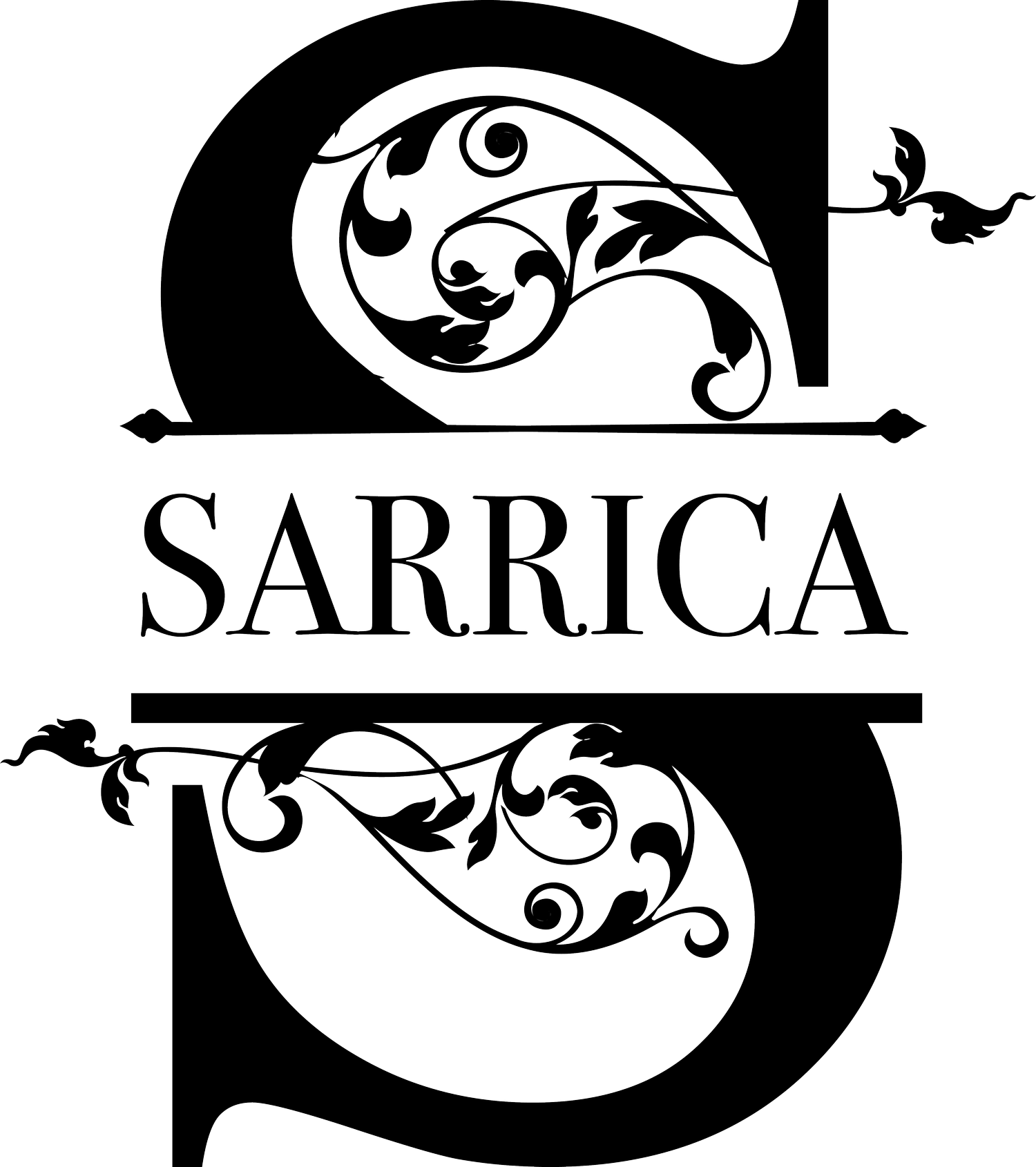How to Treat Cervical Radiculopathy
What is Cervical Radiculopathy?
Cervical radiculopathy, also known as a pinched nerve, occurs when a nerve root near the cervical vertebrae is damaged or inflamed. It’s often caused by changes in the spine as we get older (like arthritis) or a herniated disk.
Symptoms of Cervical Radiculopathy
Most of the time, patients come into our office complaining of neck, shoulder, and/or arm pain. If you’re experiencing any of the following, it’s likely cervical radiculopathy.
Tingling or pins and needles sensation in the hand
Numbness in the neck, shoulder, arm, and/or hand
Weakened muscles in the neck, shoulder, arm and/or hand
Aching or pain (usually the first sign)
How to Treat Cervical Radiculopathy
We recommend trying physical therapy and holistic treatments first before resorting to more invasive measures, like injections and surgery. If the pinched nerve does not improve at all within a few days of trying these holistic solutions, it is important to see a doctor, as there can be complications, such as permanent loss of sensation or paralysis.
Here are some things you can try at home:
Alternate between ice and heat. Heat brings blood flow to the area, while ice reduces inflammation and pain.
Stretch gently and slowly. Start small and work up to a broader range of motion. Listen to your body and do not force any stretch that doesn’t feel good.
Pay extra attention to your posture. Especially if you’re frequently seated, be sure your shoulders are pulled back and down and your back is straight.
Apply a little peppermint essential oil to the area. Be sure to dilute it in a carrier oil such as coconut oil (or whatever you have around the house). Peppermint oil is very soothing to aching muscles and helps with inflammation.
We are still open for physical therapy appointments in Brooklyn, taking every precaution for your safety. Please contact Sarrica Physical Therapy at 347-560-6920 for a consultation with one of our physical therapists in Brooklyn or Manhattan. As an alternative to in office treatments, we are also offering Telehealth virtual sessions. Please click here to request an appointment.

